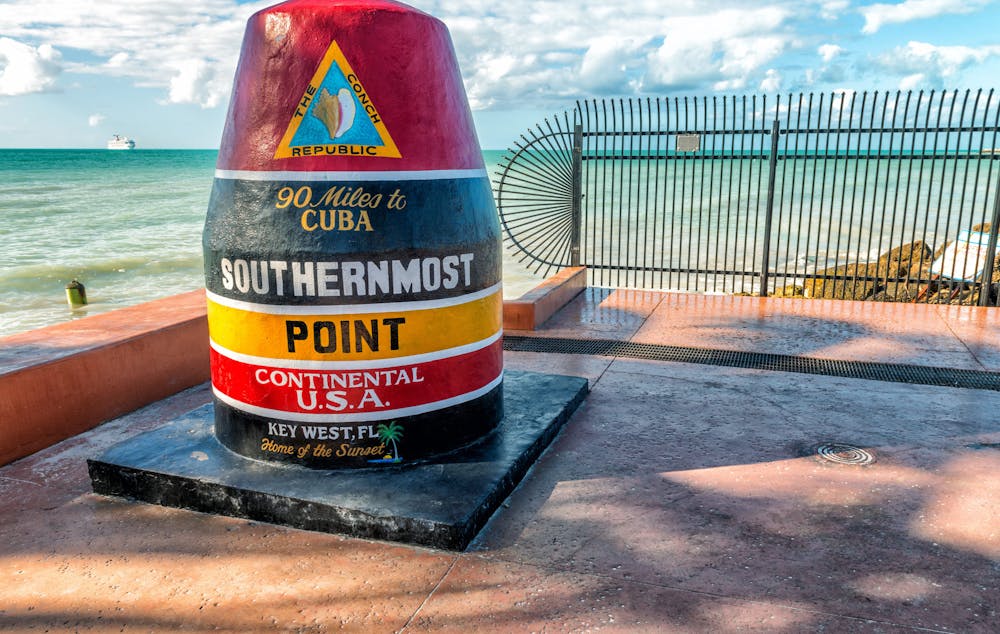- 9 minute read
- Digital Marketing
- Reputation Management
- Social Media
Intermediate,
Advanced
Get a behind-the-scenes-look into FareHarbor's 2024 season

What makes your business unique? What key factors prompt your customers to choose your activities over your competitors? The first things that come to your mind are likely your unique selling propositions, or USPs.
USPs are the points that make your business different from others in the same industry.
For example, you might be the only kayak tour that is dog-friendly in your location. You allow people to bring dogs in the kayaks and you even offer dog treats and dog life jackets.
For some businesses, your USPs might be easy to find, but for many others, it can be trickier. Finding your USPs challenges you to go beyond common claims like “excellent service” or “small-group tours” to help you stand out from the crowd.
Below we cover how to identify your USPs and use them to your advantage both in marketing and internally with your team.
Whether you have tons of ideas right off the top of your head or you don’t know where to begin, here are some easy tips to help you find your USPs.
If you run a business in a popular area with many competitors it can be harder to find stand-out USPs. Talk to your staff, regular customers, and even friends and family about your USPs. They may see your business from a different angle.
 Pro Tip: Look to your mission statement or company purpose for inspiration. If you don’t already have one, crafting a mission statement is a great way to start thinking about your USPs.
Pro Tip: Look to your mission statement or company purpose for inspiration. If you don’t already have one, crafting a mission statement is a great way to start thinking about your USPs.
If you’re struggling to land on a USP for your company as a whole, it can be easier to focus on your individual activities first, and use those USPs as inspiration for your company-level points. Plus, you can use activity USPs on your tour and activity pages and tour itineraries.
USPs are a key part of writing an activity description that sells! Pairing USPs with an icon or listing them in a “Quick Details” section gets your points across quickly and emphasizes what’s really important.

Here are some examples of USPs specific to tours and activities:
When identifying your USPs (whether on the activity level or for your business as whole), anything that makes the experience stand out is up for grabs.
Communicating both your activity-specific USPs as well as your business’s USPs is essential to your branding strategy. Your staff should be clear as to what your USPs are and how they should talk about them with customers. If you aren’t sure about branding it’s time to brush up on Branding 101 to ensure you are presenting a consistent brand identity.
Online, you can use icons or logos to help your USPs stand out on your webpages. Burying them in large blocks of text won’t accomplish much. If your USPs require a bit more of an explanation try writing them into an “About Us” section on your homepage.
Another great place to implement your USPs is right into your Google My Business Attributes. This is a great way to stand out on the search engine results page and increase your chances of showing up in the local map pack.
We know it might seem hard at first, but by spending some time reflecting on what your business stands for, we’re sure you can identify some great USPs. Consider looking back to the early days of your operation and reflecting on why you got started in the first place and what made you successful.
For businesses with established USPs, take some time to determine whether there are new ones you should highlight or if they have changed in any way. As your business grows and changes, you can use these opportunities to inspire your staff and draw in new customers.